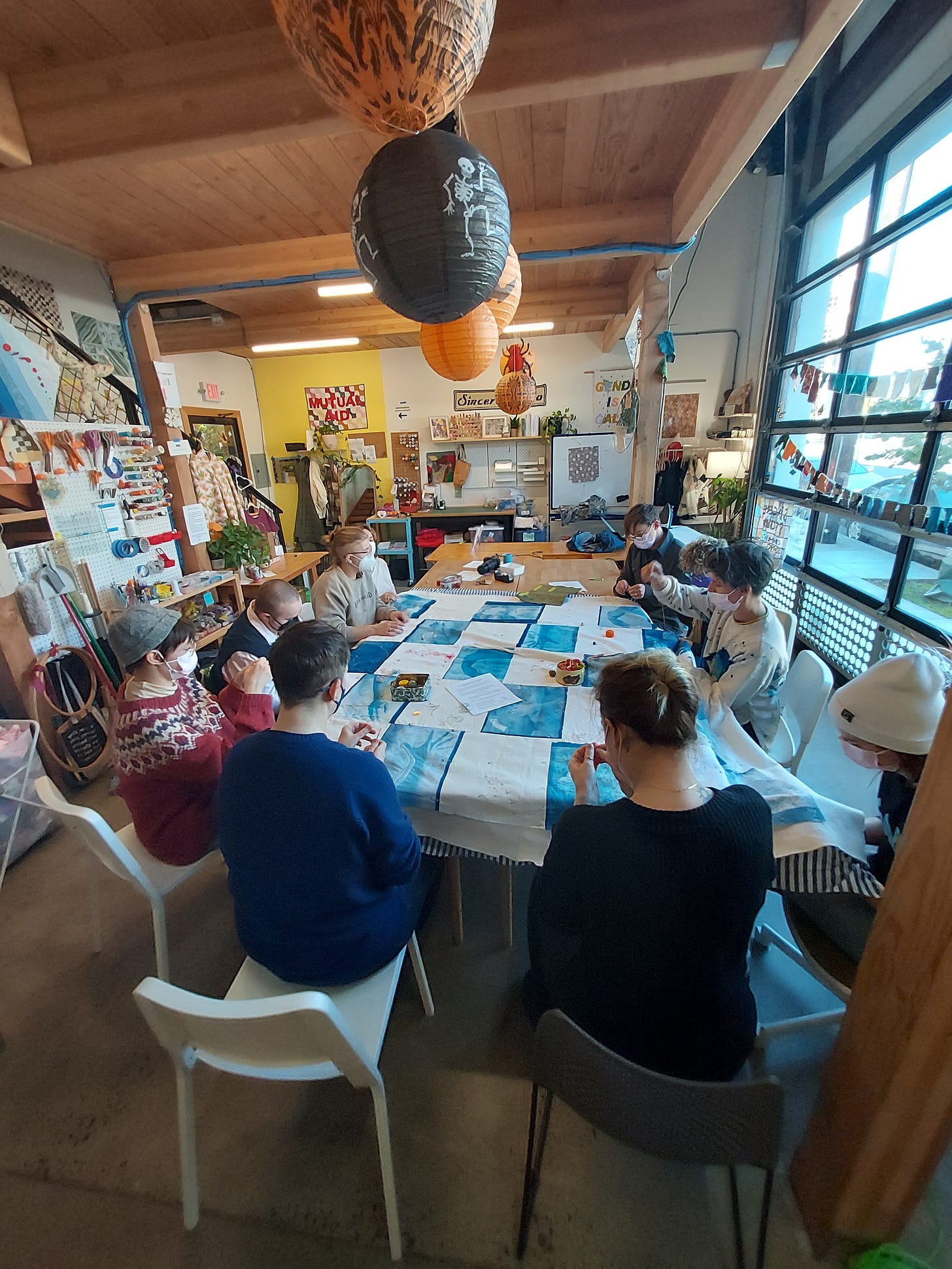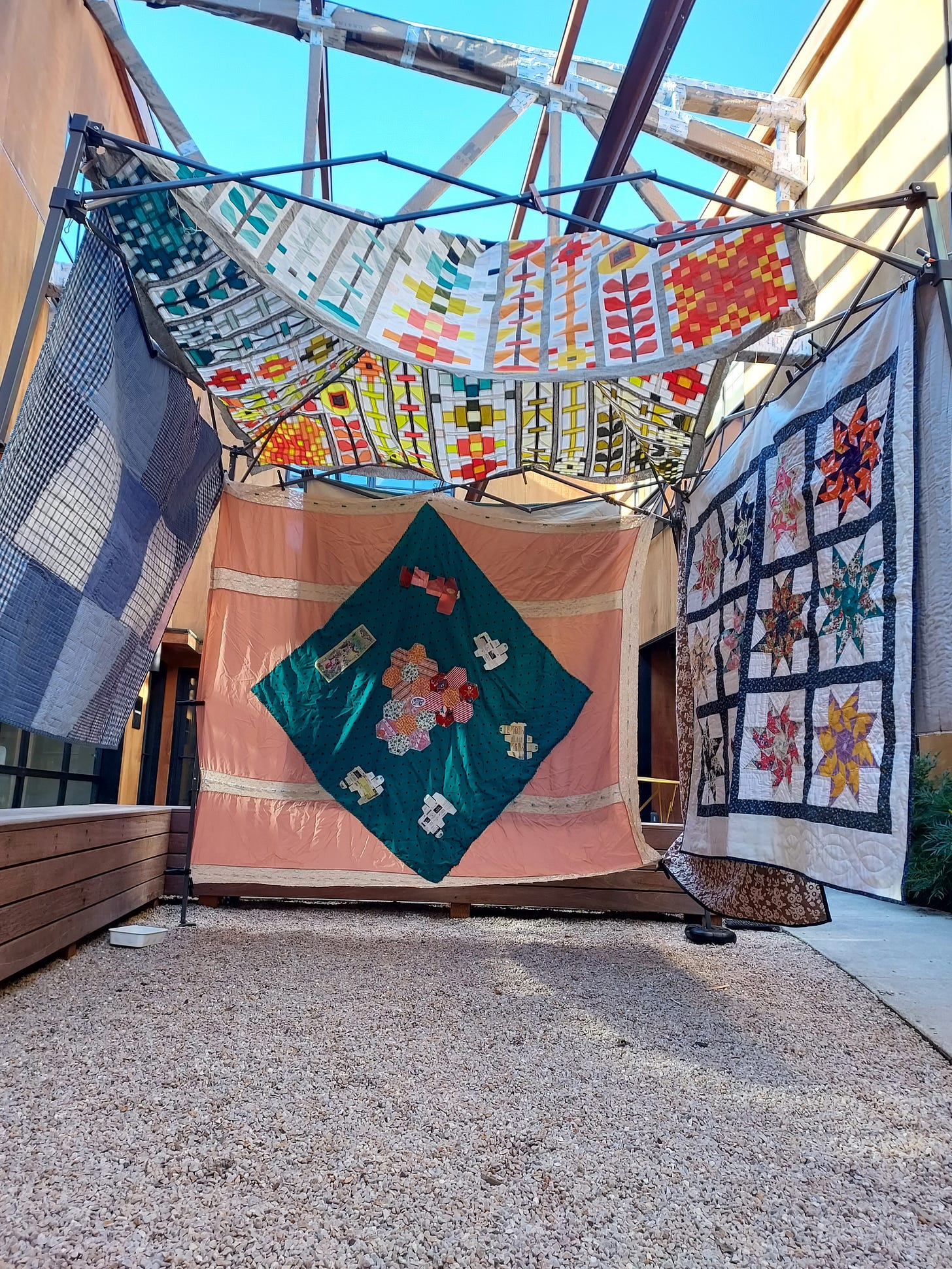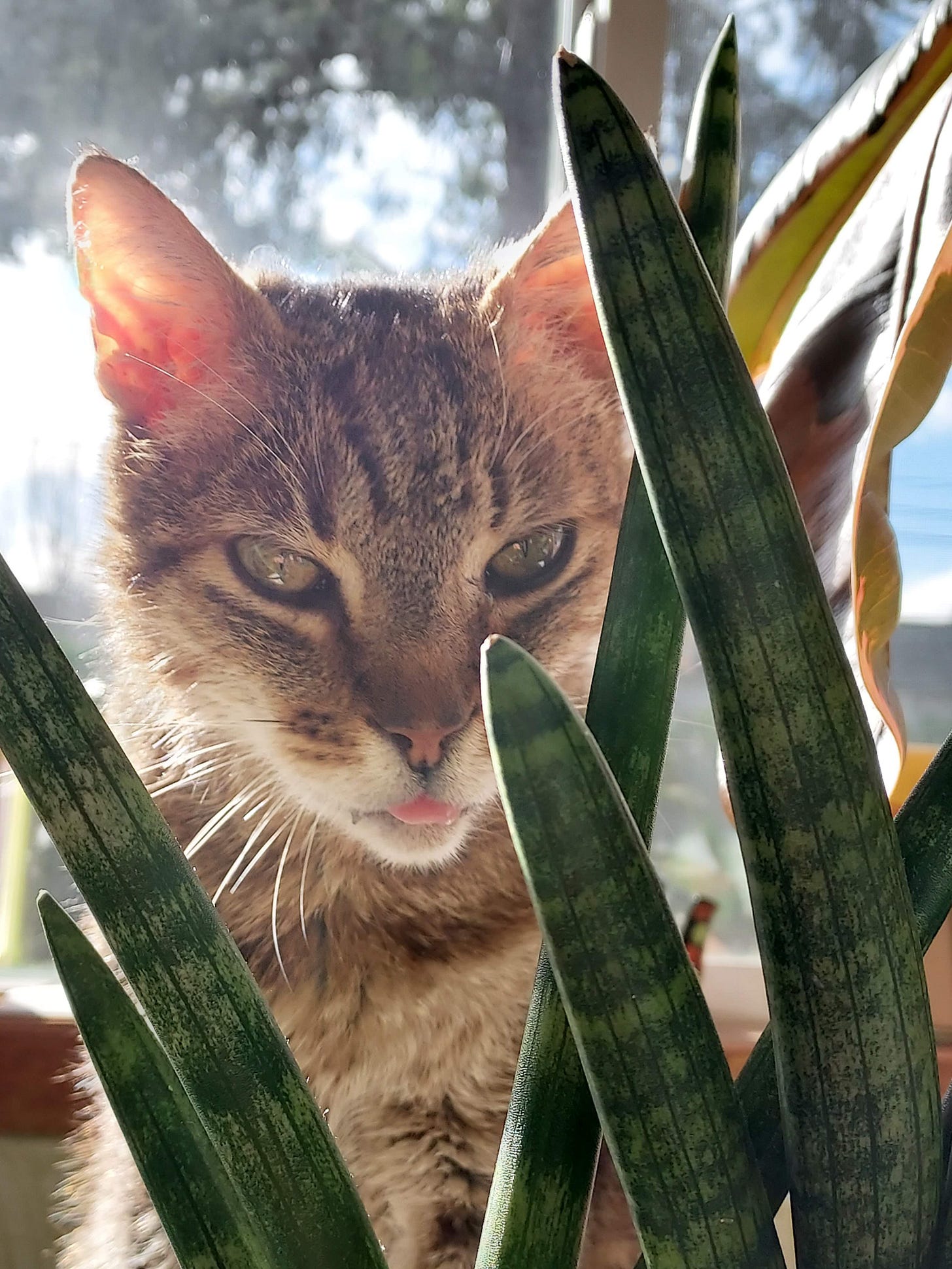Green Nationalism in the Lowest Place on Earth
On natural history museums in Palestine and Israel.

In 1967, Dr. Sana Atallah published a paper in the Journal of Mammalogy announcing his discovery of a new species of the genus Acomys, commonly known as the spiny mouse, native to the Middle East. At first glance, the spiny mouse looks like any other mouse you might find in your kitchen or in a field: small twitchy ears, quivering whiskers. But the spiny mouse has a number of qualities that make it unique. It is the only mammal known to have bony deposits on its skin, known as osteoderms. More significantly, it is the only mammal known to be capable of full regeneration of skin and organs without the presence of scar tissue.
As the first Palestinian zoologist, Atallah published more than a dozen scientific papers on rodents in Jordan, Syria, Palestine, and Lebanon before his untimely death in 1970 in a car accident. He was twenty-seven years old and had just finished his first semester as a professor of biology at Pahlavi University in Iran (now Shiraz University.) He was also uncle to budding young zoologist Mazin Qumsiyeh, who would forever treasure his memories of tagging along on research trips in the field with his uncle. Qumsiyeh was thirteen years old when his uncle died, and he vowed to pursue biology and fulfill Dr. Atallah’s lifelong dream of establishing a museum of natural history in Palestine.
A natural history museum might not seem like a radical thing to want. Most big natural history museums around the globe—the American Museum of Natural History, the London Museum of Natural History, the Berlin Museum of Natural History and on and on—were foundational institutions to systems of colonization, nationalism, racism, and eugenics, and they continue to uphold these festering ideals and perpetuate harm. This is what I thought—and to a large extent, still think—back when I was researching a now-scuttled PhD thesis on the representations of natural history museums in popular fiction and media. In novels and movies, art mimics life: natural history museums are frequently employed as loci of logic and taxonomy where the mystery is solved, the killer caught, and the violated world of white cisheteropatriarchy put back together again.
But as might be suspected, a natural history museum, like most things, isn’t just one thing. When I learned about the Palestine Museum of Natural History, which is now part of the Palestine Institute of Biodiversity & Sustainability—both founded by Dr. Qumsiyeh over the course of last decade, with leagues of young volunteers and students of many nationalities—my interest was piqued by a different kind of natural history museum. Dr. Qumsiyeh founded the museum in 2014, with the motto “RESPECT – first for ourselves, then for others, then for the environment.” It’s worth quoting here the goals of the institution as listed on their website:
Our Goals
Research and knowledge dissemination on the fauna, flora, and human ethnography of Palestine.
Promote environmental protection and responsible interaction between people and the environment, including cultural heritage.
Use research results in areas such as biodiversity, history, culture, permaculture and biological control to promote sustainable communities, focusing on marginalized communities.
It’s a beautiful testament not only to Dr. Atallah’s legacy, but also to the role of a natural history museum in empowering all Palestinians in connecting with their land. At the Palestine Museum of Natural History, located on the campus of Bethlehem University, in addition to biological research on insects and mammals of Palestine, researchers also study disease incidences like cancer in Palestinians. A video on the museum’s website is a veritable instruction manual for how to encourage responsible, sustainable human-nature interactions, even under colonial occupation: the museum has a beekeeping program, allowing them to sell and give away honey; their aquaponic greenhouses serve as a training ground for Gazan farmers and engineers to learn how to grow crops with limited land and water resources; they bring classes to refugee camps in Gaza and elsewhere.
Compare this to two natural history museums in Israel. The first is the Biblical Museum of Natural History, introduced to us by a music video set to a catchy bilingual pop song advertising that “there’s so much to learn, to touch and to see at the Biblical Museum of Natural History.” Throughout their website and in interviews with its founder, Rabbi Dr. Natan Slifkin, the emphasis is explicit: to encourage Jewish visitors to connect their Judaism to the land and animals around them, even to “exciting animals” like lions, cheetahs and crocodiles, says Slifkin. The flashy emphasis on predators, raptors, and other hunters to inspire a Jurassic Park-like excitement in young visitors is evident throughout the promotional video and the site’s content, and I can’t help but think of the humble spiny mouse at the genesis of the Palestine Museum of Natural History.
But fine, maybe the Biblical Museum of Natural History is closer to a pet project, albeit one with real implications for nature and nationalism. Tel Aviv has other natural history museums, including the Steinhardt Museum of Natural History, located at Tel Aviv University. On the homepage, a teaser title reads “Invasive Species: What’s all the fuss about?” On their about page, the Steinhardt claims to “[present] Israel’s national treasures of nature,” and they state that their mission is “to inspire acquisition of knowledge, to promote understanding, and to reinforce our bonds with nature and our place within it – for the benefit of future generations.”
Future generations, national treasures—this is the language of eco-nationalism, or green nationalism, in which citizens of a state have the explicit right to protect and defend the natural resources of their country. Like other colonial natural history museums around the globe which similarly “acquired” knowledge and specimens to “reinforce” their countries’ bonds with the environments they occupied, the messaging behind natural history museums in Israel and Palestine is revealing when compared to one another. The relationship between nation and nature have real-world consequences, like the draining of the Hula wetlands started in the 1950s to provide more arable land for Israel, which resulted in the loss of 219 species and the forced removal of indigenous Palestinian communities.
I started writing this essay shortly after the October 7 attack by Hamas and the retaliatory ethnic cleansing by Israel which is still ongoing. I wasn’t sure if I should publish it. It felt more important to listen to the voices coming out of Gaza, the pleas for help, the pain and suffering. But it would seem that despite massive movements around the globe by everyday people (including anti-Zionist Jews) who support Palestinians, these pleas to end the genocide and withdraw support for Israel’s war machine have fallen on the deaf ears of world leaders. This essay won’t change that, unfortunately. It is just a small observation drawn from my time spent researching and writing into the nooks and crannies of different nature-cultures both in my home and abroad. But I think it is one more people should know, this story of the spiny mouse and the biblical lions and their at-once symbolic and very real roles in the struggle for control over a narrative of nature.
Due to its amazing regenerative capabilities, the spiny mouse is now an oft-used test subject in laboratories attempting to regenerate human tissue. The march toward progress would seem unceasing. One can never know how one’s contributions will be used in the future, what lives it will save, what ideas it will come to represent, or what suffering will be caused in its gradual assimilation into the vast and inscrutable body of human knowledge. Dr. Qumsiyeh reminds us in a recent interview that Palestine is not only at the intersection of continents where millennia-old stories of human migration took place, but it is also geographically and geologically the lowest point on earth, making it an exceptional place to not just study biodiversity, but to really live it and its relationship to liberation for all occupied peoples. Every missile launched by the Israeli Defense Forces, every crater left behind by tools of war manufactured and delivered by the United States, makes this only more true.
Upcoming // Ongoing
It feels strange to ask for support right now in light of the Palestinian struggle for liberation and other instability throughout the world. But I continue to believe in the writers we publish through smoke and mold and their capacity for making us reexamine the contradictions, stagnations and inequalities upheld by the status quo of "stability." So I hope, if you're able, that you will support smoke and mold’s flash fall fundraiser to fund author contributions and our publication of work invested in the narrative possibilities trans and Two-Spirit lives bring to our ever-changing & unsteady nature-culture. We’re offering a number of incentives this time, including stickers, bandannas handmade by me, zine bundles, and manuscript consults. These are only available through November 5. If you’re able to support our publication, do so soon to receive one of these incentives. Issue 9 publishes later this month.
On Nov. 9 at 4pm PST, I’ll be presenting a brief overview of my current work and research as part of Sitka Center for Art & Ecology’s Resident Talks on Zoom. You can register here. (I’ll be in residence at Sitka from Nov 23-Dec 9, and slow to answer email during that time.)
Then Nov. 10 at 4pm PST, I’ll join guest editor Alex Marzano-Lesnevich, poetry editor Carlina Duan, and other contributors to Michigan Quarterly Review’s Transversions special issue for an online reading. I’ll read a short excerpt from my new story “The Chlorophyll Library” included in the issue, and just generally enjoying listening to the other writers. Register here.
In other news, it’s quilting season again. I had a wonderful time collaborating with the photographer Ebenezer Galluzzo and local cool sewing place Sincere Studio to facilitate a quilting bee open to the public and a queer & trans quilt show. I’ll wind this up with a few photos from that all-day event.

It was a sweet, slow way to spend an afternoon at the end of a fraught week in which, among other global catastrophes, we had to say good bye to our sweet kitty Gus Gus. RIP Gus Gus — I hope you’re no longer in pain, and in a better, beautiful place now eating all the chicken liver your heart desires.





